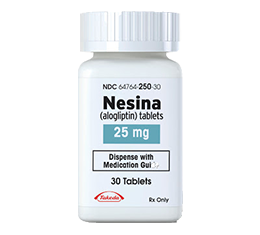Alogliptin Brand Name Check Uses Side Effects Interactions
The use of alogliptin is accompanied by various side effects. These side effects may be mild or severe, temporary or permanent. However, there are some precautions that should be taken while using this medicine. These include: dosage, precautions, indications, and drug interactions. In order to avoid such complications, consult your physician. If you are taking a prescription drug, you should check the Alogliptin brand name check uses side effects interactions
Dosage
The drug works by increasing the amount of insulin in the blood. It reduces both postprandial glucose and fasting glucose levels in patients with type 2 diabetes. It inhibits the activity of the enzyme DPP-4. The drug is not intended for use in children or in people with other diseases. Its main purpose is to reduce blood glucose levels. To achieve this, it is used as an adjunct to diet and exercise.
Precautions
Alogliptin comes in tablet form, and it should be taken by mouth, preferably with food. Dosage is based on the severity of the patient's medical condition and response to the medication. The medicine should be taken regularly, and patients should follow a diet and exercise regimen. Listed below are some possible side effects of alogliptin. Follow your doctor's directions carefully, and be sure to read all of the Medication Guide provided with the medicine.
Some medicines should be avoided while using alogliptin, and it is important to consult a healthcare professional if you are pregnant, breastfeeding, or plan to take other medications. Alogliptin and certain herbal products may interact with each other. Be sure to tell your healthcare professional about all of the medicines you are taking, and let them know if you begin using any new ones. Always store medicines out of the reach of children. Never share medications with others and use them only as prescribed by your doctor.
Indications
If you have diabetes, you may have heard of alogliptin. It is a prescription medicine that helps patients control blood sugar levels in people with type 2 diabetes. It is not intended for treating type 1 diabetes, but may be used in combination with other medications to help control blood sugar levels. Some patients may also take alogliptin for reasons other than those listed here. Alogliptin can have severe side effects on the heart and pancreas, and may even cause signs of heart failure.
Alogliptin is available as a tablet for oral administration. It is usually taken twice a day, with or without food. Alogliptin is contraindicated in patients with chronic kidney disease, acute pancreatitis, or allergies to insulin. For diabetics, it may be necessary to monitor liver function and follow a diet and exercise program to prevent the development of side effects.
Drug interactions
While there are no known serious side effects associated with alogliptin when taken in the normal dose, it is important to check drug interactions when taking any medication. While many medications do not cause drug interactions, some can change how your medication works, and increase your risk of serious side effects. The list below lists some common drug interactions, and is based on studies and case reports. Make sure to check with your doctor before changing your dosage or taking another type of medication.




Comments
Post a Comment